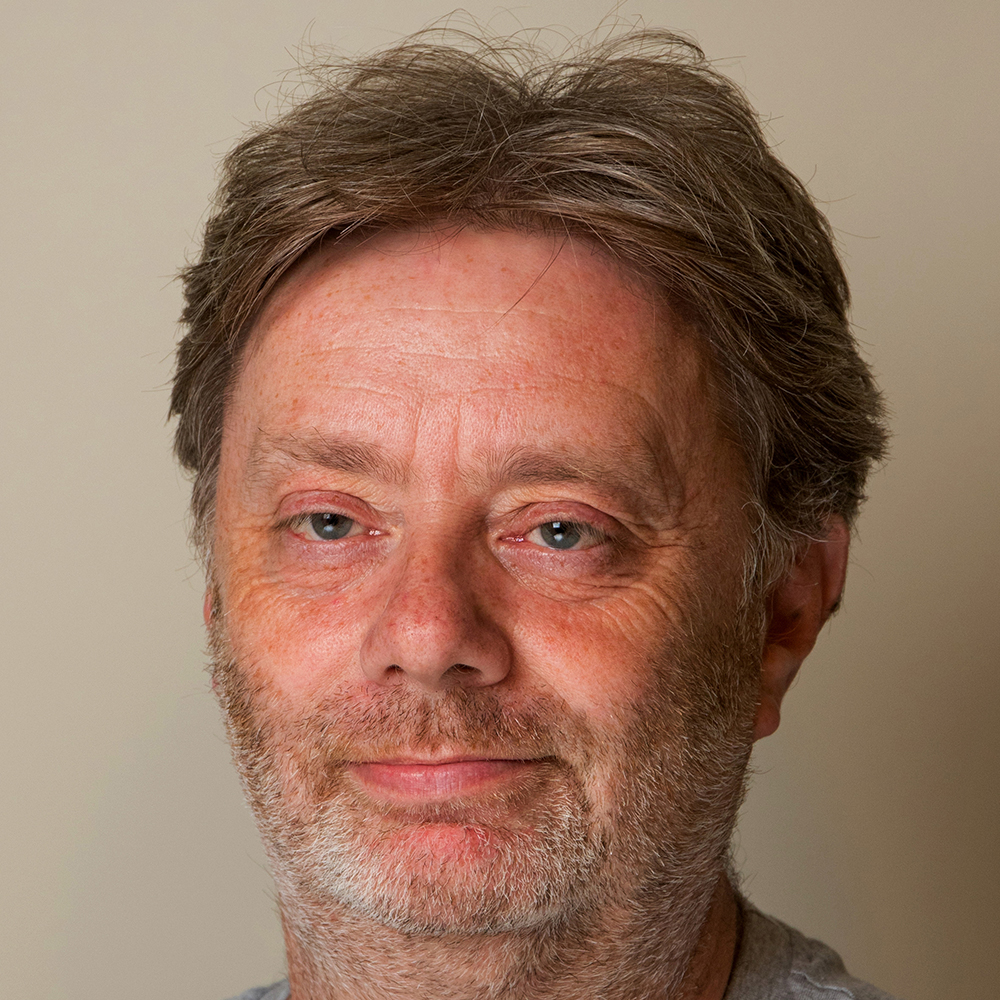Have you heard about Comet C/2023 A3 (Tsuchinshan-ATLAS) yet?
Comet observers are all hoping for big things from comet C/2023 A3 (Tsuchinshan–ATLAS) in autumn 2024.
When it was discovered, it was hailed as a potential ‘comet of the century’ and calculations suggested it might become as bright as mag. -4!
It’s now thought that at best A3 will reach mag. 0.4, a lot fainter but still much brighter than the last really bright comet, C/2020 F3 (NEOWISE), which delighted sky-watchers in summer 2020.

Perhaps you've been excited by observations of Comet 12P/Pons-Brooks, but that comet is now fading from Northern Hemisphere skies.
Well, no promises, but towards the end of 2024 we might have a comet in the sky as bright as E3 was, or brighter.
If the most optimistic predictions are to believed it might even be the best comet for a long time. There are even whispers of it being a Great Comet!
But calm down. It’s far too soon to be making predictions like that.
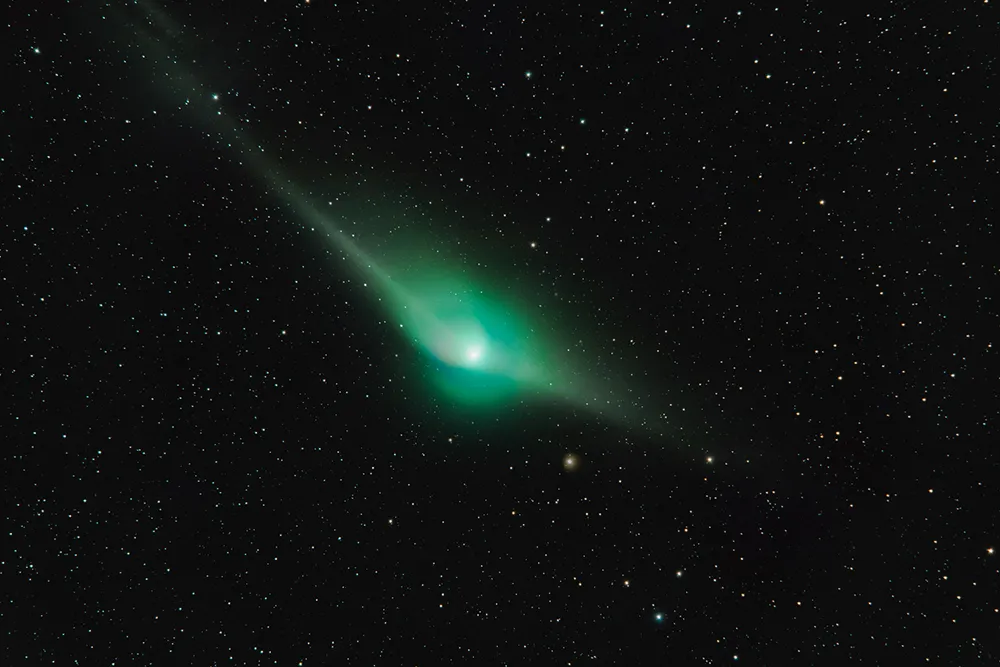
The story so far
The ball of ice and dust that has eyebrows raising and hopes rising is called C/2023 A3 (Tsuchinshan-ATLAS).
It was spotted in February 2023 during a sky survey performed by ATLAS – the Asteroid Terrestrial-impact Last Alert System – using the 0.5-m f/2 Schmidt reflector telescope operated at the Sutherland Observatory in South Africa.
Back then it was an uninspiring 18th magnitude spot on a photo and was given the equally uninspiring name 'A10SVYR'.
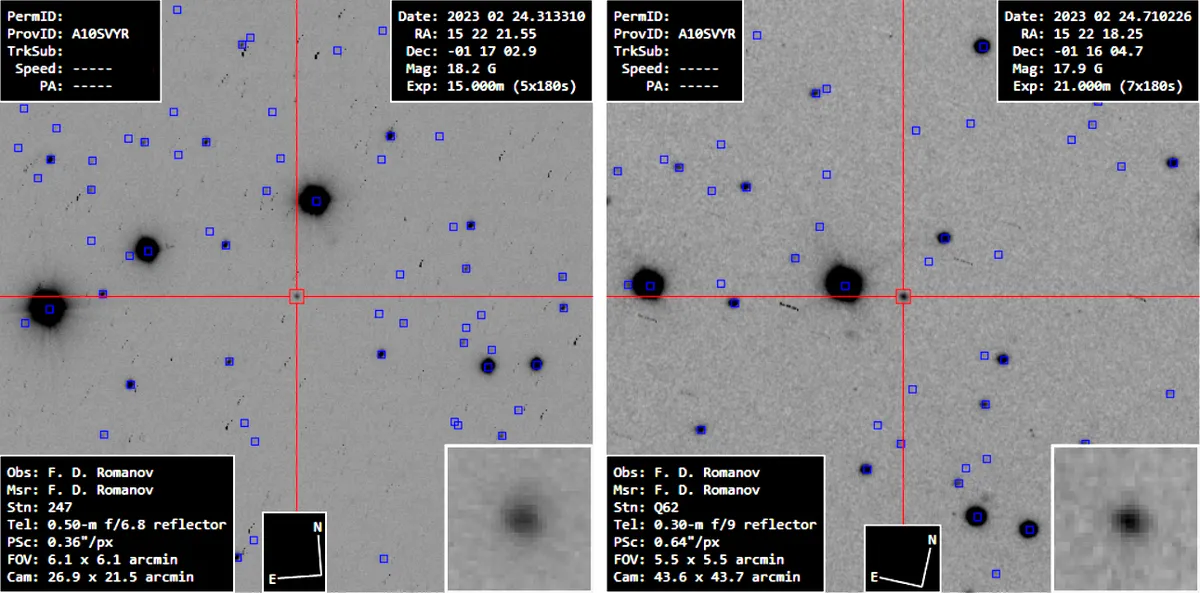
When its orbit was calculated it was noticed it had already been spotted by the Purple Mountain Observatory in China on 9 January 2023, when it was magnitude 18.7.
Follow-up observations revealed A10SVYR had a short tail, so it was designated a comet.
Following the long-established naming convention it was given a name honouring both its discoverers: C/2023 A3 (Tsuchinshan–ATLAS).
Why everyone's talking about C/2023 A3 (Tsuchinshan-ATLAS)
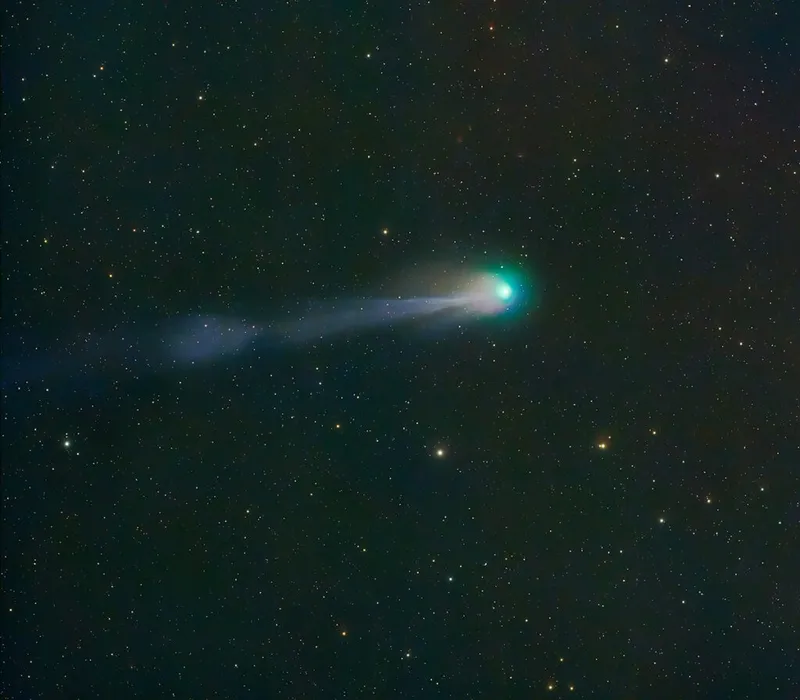
As Comet 12P/Pons-Brooks is now fading from Northern Hemisphere skies as of April 2024, comet-chasers are thinking about A3, which could be a beautiful sight come autumn.
Comet A3’s orbit will bring it close enough to both the Sun and the Earth in September/October 2024.
There is good chance it will be visible to the naked eye, and has the potential to be a bright naked-eye comet.
It’s easy to get carried away by this, but perhaps understandable. It’s far too long since we had a really bright comet in the sky.

You might remember how beautiful Comet Hale-Bopp was back in 1997.
Even if you didn’t see it yourself, if you speak its name at an astronomy society meeting you’ll see many people smile, as fond memories of seeing its twin tails painted on the spring sky come flooding back.
But anyone predicting A3 will be 'another Hale-Bopp' is being very unwise. It’s still far too early to know what it will do, and how bright it will be.
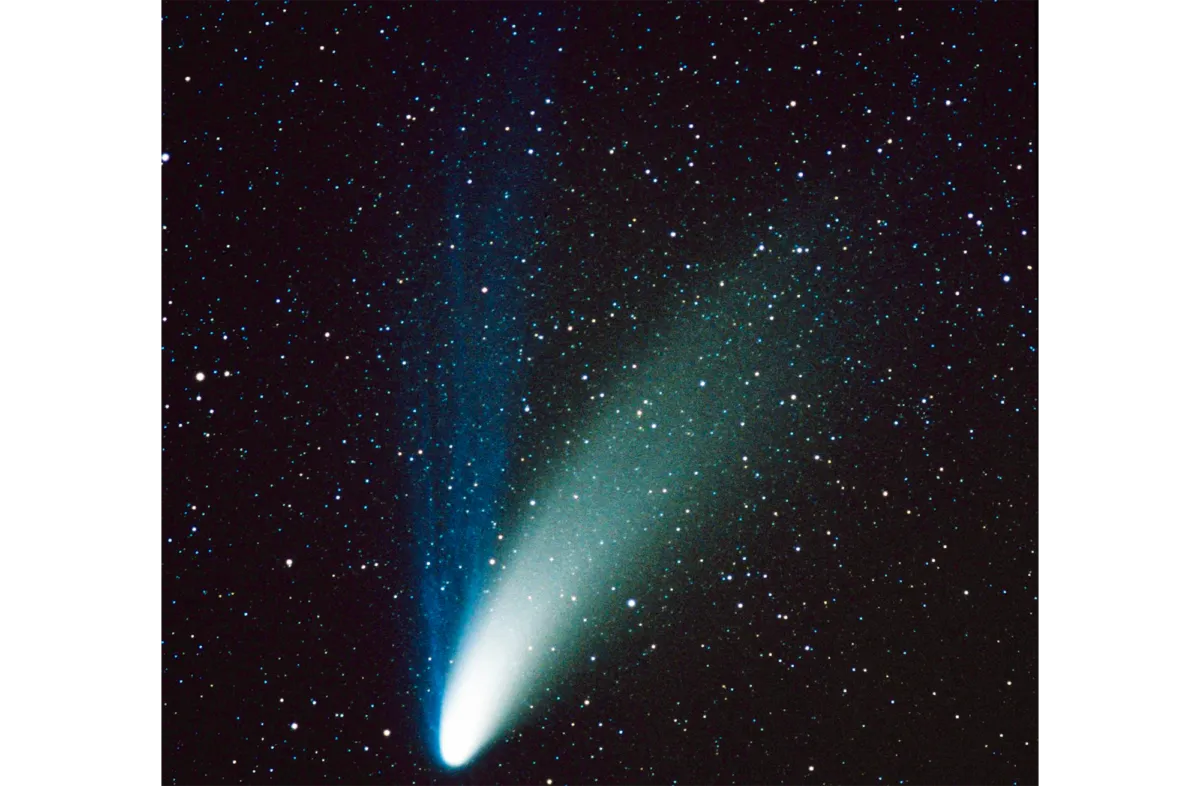
What we know about C/2023 A3 (Tsuchinshan-ATLAS)
Initial data seems to suggest that Comet C/2023 A3 completes an orbit every 80,000 years.
As of April 2024, A3 is an 11th-magnitude speck in Virgo, visible only through large telescopes and on long-exposure images.
By the end of September it will be a morning object, perhaps shining as brightly as mag. 0.6, but rising just before the Sun.
Our best views of A3 will come when it moves up into the evening sky around 10 October.
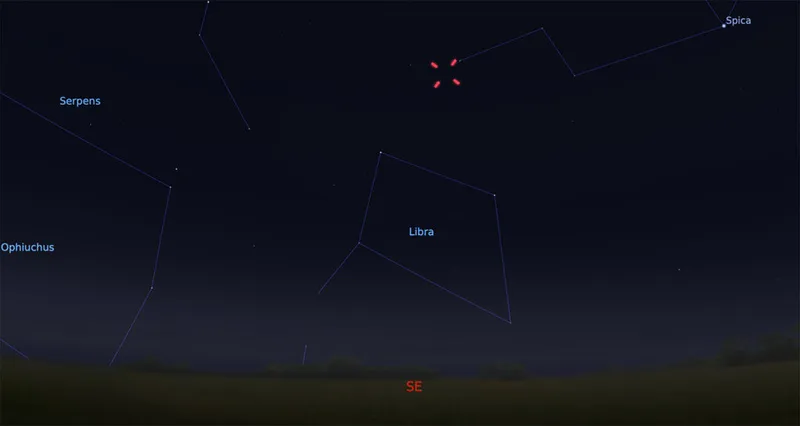
By then it will have faded slightly, but is predicted to still be as bright as mag. 0.8, low in the west after sunset.
Hopefully by then it will have grown a tail, but we can’t count on that.
By mid-October the comet will still be a first-magnitude object, setting almost three hours after the Sun.
It should be a lovely sight to the naked eye and in binoculars and telescopes too.

Perihelion
Comet C/2023 A3 will reach perihelion - the closest point to the Sun in its orbit - on 28 September 2024.
At the moment A3 is so faint it is only visible in large telescopes, and that won’t change for months.
If it behaves itself, early summer 2024 it should start to become visible in the evening sky through small telescopes.
It might be bright enough to be visible through binoculars or even to the naked eye in late September 2024, when it will be a pre-dawn object, very low in the east before sunrise.
Will it have a tail by then? We don’t know. It all depends on how old and how active the comet is, and experts are still figuring all that out.
We’ll lose sight of the comet early October 2024, when it passes close to the Sun as seen from Earth.
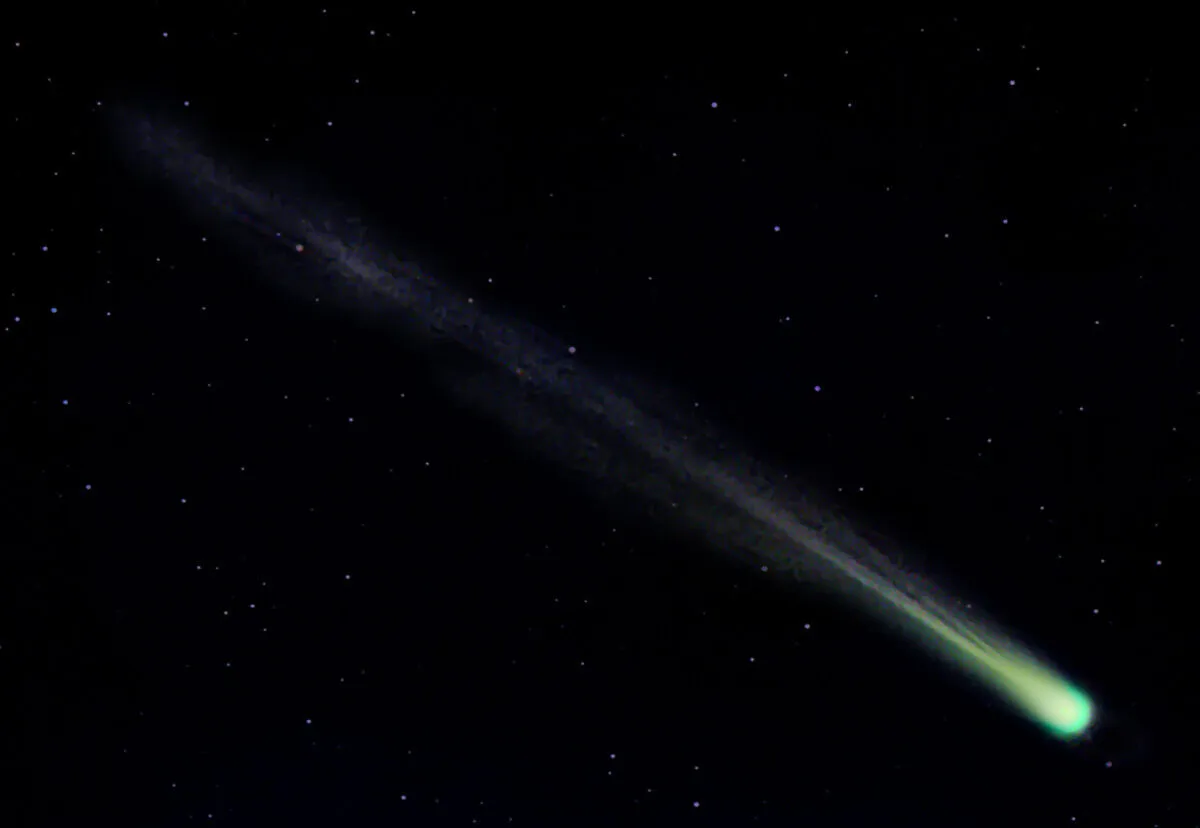
Some are wondering if A3 will be visible in the daytime, by blocking the Sun.
But they wondered the same thing about Comet ISON a few years ago and that never happened!
So let’s not even go there now.
If the comet survives its passage around the Sun, the main northern observing period will begin after 11 or 12 October 2024.
Then the comet moves up into the evening sky, visible after sunrise, a little higher and easier to see each evening.

How bright will C/2023 A3 get?
How bright will the comet be during mid-October 2024?
Some experts are suggesting it might reach first or even zero magnitude, making it obvious to the naked eye (for info on what this means, read our guide to stellar magnitude)
Others are saying we'll be lucky if it's even third, which would make it 'another E3' not 'another Hale-Bopp', only visible to most people through binoculars. We just don’t know.
If this all sounds very vague, that’s just the way it is. Comets are hard to predict, and have a habit of not living up to expectations.
The comet is a long, long way away, and not doing much yet.
But as it gets closer, and more and more people see and photograph it, we’ll have a better idea of what it will do when it approaches and then passes us late in 2024.
Keep checking back on this page. We’ll keep you updated!
Find out more about the comet via the International Astronomical Union's Minor Planet Center or at astro.vanbuitenen.nl/comet/2023A3.
